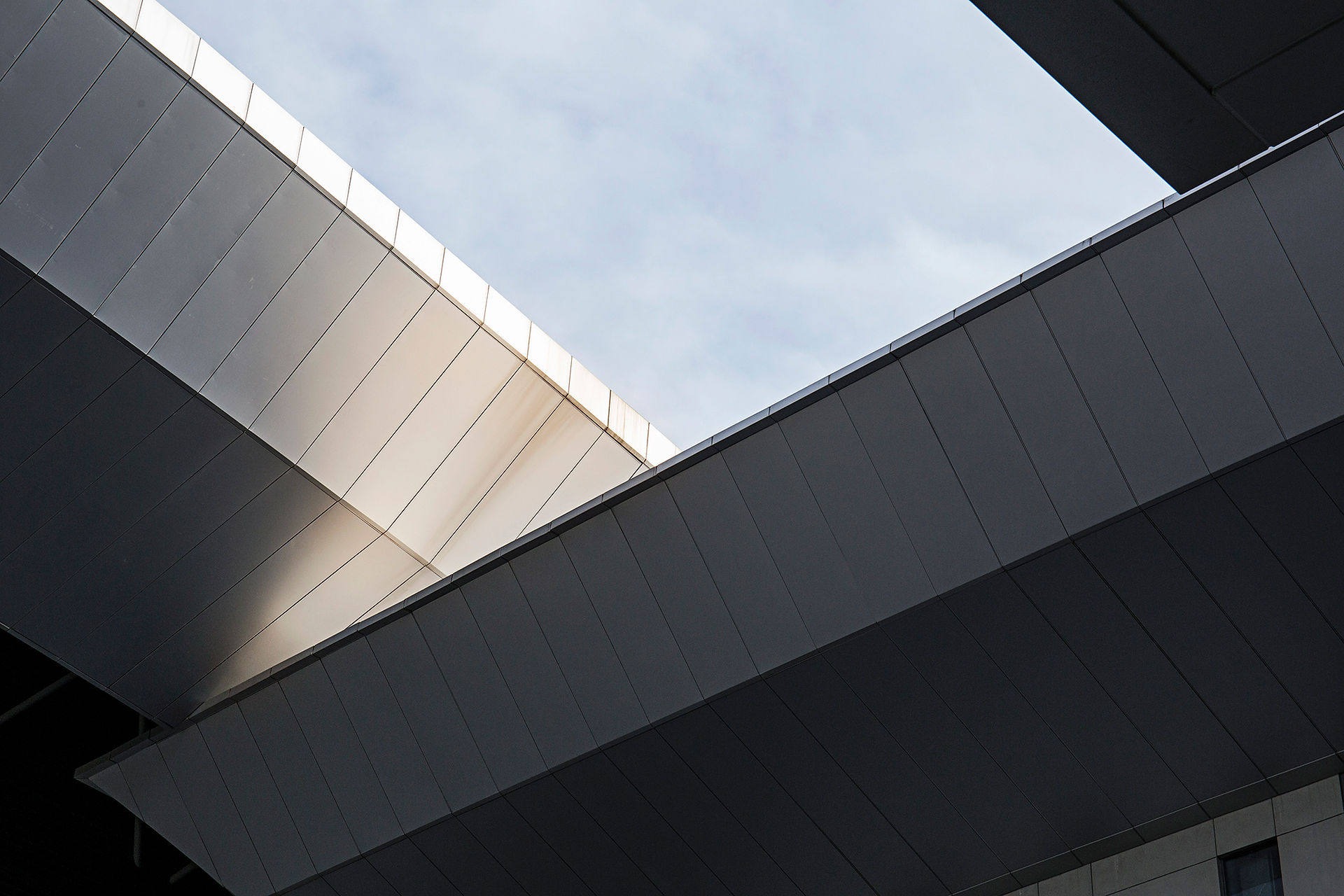Vicenza. 25 miles inland from Venice, is one of the leading sites of global architectural tourism- and for one reason. Many of the works of Andrea Palladio are located in and around that town.
Andrea Palladio was born at the end of November in 1508 in Padua. Though it wasn't until he was about thirty years of age that he began designing buildings himself. Over the next forty years of his working life, Palladio designed 40 or so Villas, a couple of townhouses, and a handful of churches. Not a huge list, given the amount of building that was going on at the time.

For most of his career, he had a mix of professional successes and setbacks. Though during his 60s, He finally emerged as the top architect of Venice-- about the richest and most powerful city in the world at that time. Palladio held views on architecture almost entirely opposite to those which are current today. One of these ideas is hat architecture has a clear purpose; which is to help us be better people. Palladio thought we should build in order to encourage good states of mind, in ourselves and others. In particular, architecture help us with three psychological virtues: Calm, Harmony, and Dignity. To achieve calm, he reduces what's going on. All the elements in a room are centered; balances, symmetrical. He also only used simple geometrical shapes. Generally, the walls are plain, and there's little furniture. The serenity of the place is designed to calm us down, inviting us to focus, and be less distracted. For harmony, Palladio was obsessed with making sure that every element of a building fitted perfectly with every other. He wrote, "A fine building ought to appear as an entire and perfect body; Wherein every member agrees with its fellow, and each so well with the whole, that it may seem absolutely necessary. The design of a window is related to that of the door. Every opening is aligned with every other, every room is a clear, simple shape. The doors always line up. The building creates an environment in which we are provided with a limited, but real, sense of everything important coming together." One of the ambitions of Palladio's architecture was to give greater dignity to parts of life, that had been unfairly regarded as unworthy.
At the Villa Barbara, a farmhouse in the country side about 40 miles north of Venice, the barns and stables and grain stores are just as grand as the owner's not especially large house. Rather than being hidden away, or set at a distance, these working buildings are presented as honorable and important. He wasn't disguising the utilitarian reality of the farm; rather, he was demonstrating its genuine dignity.
In giving with the long classical tradition, Palladio believed that buildings should help to compensate for our weaknesses. By encouraging us to be more collected, poised, and measured than we manage to be day to day. We need serene, harmonious, and confident buildings, precisely because we're not reliably like that. Ideally, architecture embodies our better selves; the ideal building is like the ideal person.
In 1570, Palladio published his four books on architecture. It's an early and very distinguished example of the "How-To" genre: It gives instructions on how to build. There's a practical guide to digging foundations, and how to judge the quality of cement, and the reliable ways of constructing walls and laying floors. He also develops rules of proportion, based on simple mathematical ratios, to achieve a kind of visual harmony. The "Fancy Surrounds" are not the crucial thing. Without them, the window opening will still look lovely. Because it is the proportions, and not the decoration, that make it harmonious. This meant that an equally beautiful building could be produced more cheaply, which was one of Palladio's chief concerns, because the same proportions are beautiful, irrespective of whether the building is made of marble, brick, concrete, or wood. He went on to provide a wide range of rules for making buildings attractive: They should be symmetrical, there should be three, five , or seven openings on a side; not an even number. A room should have a simple, geometrical shape, the length should be 3/5 pf the width, and the height 3/5 of the width. Palladio saw himself as a craftsman; he was simply following a set of rules which others could follow too. He was working against the idea that architecture requires a special genius.
The ideal of a patter book is that visually elegant buildings can be put up as a standard, as happened in London, and in many cities in the 18th century-- in large part due to Palladio's influence.
Palladio's ideas have resonated down the ages, but it isn't when buildings have columns, or make nods to ancient temples, that they are their most "authentically Palladian" .

Buildings are Palladian when they are devoted to Calm, Harmony and Dignity, on the basis of rules which can, and should be, widely reused. It's then that they display the same underlying ambition of which Palladio is a central advocate and exponent, that it should be normal for buildings to represent us for the seductive portrait of our calmest, and most dignified selves.


Comments